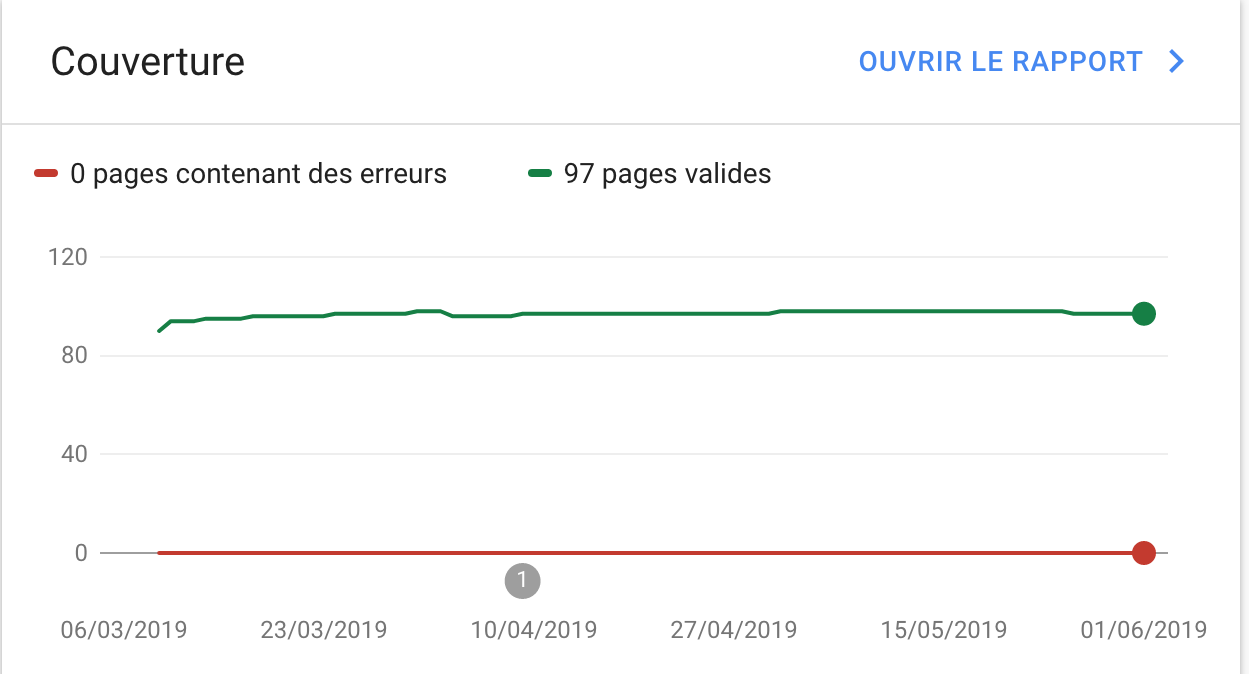Who hasn't heard the hype from promoters of technical solutions who claim their system allows you to "update your site with a single click"? Certainly, CMS (content management systems) like Joomla or Wordpress are relatively simple to use and well documented, when installed correctly. But, in reality, the work of a professional webmaster requires technical, editorial, and marketing skills that go beyond simply copying and pasting text between a word processor and a CMS.
Professional webmasters will perform theirs tasks optimally by regularly training themselves on new web technologies, often avoiding the use of dubious plugins that are costly in terms of performance and site security. This article is not intended to discourage beginners (no one knows everything or has the time to do everything in this field), but rather to provide some pointers for those looking to improve their skills.
Let's take the example of publishing a new article on a company's corporate website.
- The webmaster receives text and image files and checks their copyright compliance. He formats the text and links in accordance with the site's corporate identity and uses the correct semantics of the HTML code. This is particularly important when adapting the typography used in Word texts. To take a common example, He ensures that bulleted lists are converted to HTML <li></li> tags.
- Before integrating an image into a page, it should be adapted and optimized. This may involve retouching, cropping, adjusting the layout, and saving it in the appropriate file format to ensure high quality on both mobile and desktop devices. When the webmaster doesn't know how to crop or resize a photo, the result compromises not only the site's performance, but also its graphic design and the brand identity.
- An error may have slipped into the original text or occurred during the layout process. Before publication, he proofreads the text and checks the spelling using a dedicated tool. He may also suggest using more appropriate keywords based on their frequency of use in search engines (knowledge of SEO principles).
- He prepares a short description of the page for navigation menus and article lists. He writes the texts for meta tags, structured data and open graph for search engines and social networks. He ensures that the page is properly integrated into the menus, as well as in the HTML and XML sitemaps. A check that the title and description of the article are correctly displayed in the site's RSS feed is also necessary.
- On a multilingual site, the webmaster may be required to coordinate the translation work. He will also need to format the translated texts and monitor the SEO of the different versions of the page.
- He checks that the links and scripts on the new page are working properly and that they are properly integrated with the https protocol. A quick look at the source code can often detect problems. He also checks that the page complies with W3C HTML standards. The goal is to ensure that the web page displays correctly in the various browsers available on the market and on different platforms (PC, mobile, etc.). He can also check whether the server is returning the correct security headers.
- He checks the page is using SEO best practices with an analysis tool like Alyze.info. He knows how to interpret the results, knowing that the maximum score depends on many technical or practical constraints of the site, and even the biases of the audit tool.
- Auditing the performance of the site and the server with Google Page speed, Lighthouse or an equivalent tool allows you to specifically optimize the loading speed of web pages on different platforms (web responsive). He keeps an eye on the developer console to control http requests, loading time and the cache of the different files that make up the page, he checks for possible loading or execution errors of the Javascript code. He checks the minification, concatenation and compression of scripts and CSS files. He regularly rewrites and optimizes the CSS rules of its various stylesheets.
- The next step is a general check of the site, for example with the free Google Search Console service, which warns of page indexation errors in the search engine or with dedicated software like Screaming Frog. In the event of 404 errors, redirects are made to guide users to the right pages.
- He regularly updates the CMS and its extensions. He knows how to check and update overrides or modified core files with Diff tools. He also knows how to use the CMS debugging tool to resolve errors when they occur.
- When he needs to develop new features, he uses the CMS API and applies the best practices defined in the documentation. He carefully tests everything on a staging server first.
- He regularly performs database checks and removes obsolete data, such as inactive users, comment spam, orphaned tables/data, or too many article revisions. While not required, having database language skills like SQL makes the job easier.
- Regularly auditing files on the server and deleting obsolete files such as images, videos, PDFs or those produced by improperly uninstalled plugins are important tasks, often neglected, especially when the webmaster is not the only one working on the site.
- Some maintenance tasks are performed automatically by the CMS, for example, cleaning cache folders, logs, looking for updates, etc. The webmaster checks that cron jobs and other methods of triggering scheduled tasks are working properly.
- The webmaster must be able to communicate with the technical support of a hosting company like Infomaniak, in order to optimize the site's performance, its security and use the most recent technical tools.
- The webmaster specifically monitors the site's logs to check for errors and add rules to the server's firewall to block bots and malicious requests. He reports flagrant abuses to the owners of the affected IP addresses. On a user-based site, he moderates disruptive activity and respond to privacy-related requests.
- In anticipation of the worst possible outcome, he checks that the site's backups are working properly and regularly stores additional archives on external media.
- In the absence of a true community manager, the webmaster may also be responsible for updating the company's X, Instagram, or Facebook accounts. Information on the company's Google MyBusiness page and any user reviews should be regularly monitored. A newsletter can be sent to those who have agreed to receive email notifications. Influencers can be contacted. Blogs or forums discussing a similar topic can also be informed of the existence of a new article.
- He checks the information displayed in the custom report created with Google Looker Studio: how many times are pages visited? Where do visitors come from? Are call-to-action buttons clicked? Are any links broken?
- Finally, the skills of a professional webmaster are most clearly expressed when there is a problem to solve, when the system is not working as expected and he has to help his colleagues to resolve a more complex problem with the site.

As we can see, updating a professional website is not merely a technical formality, as some would have us believe; rather, it is a task that requires time, experience, and a diverse set of skills. Indeed, the long-term success of the site depends largely on the quality of its maintenance.
Please do not hesitate to contact me if you would like to organize training for yourself or your colleagues.



